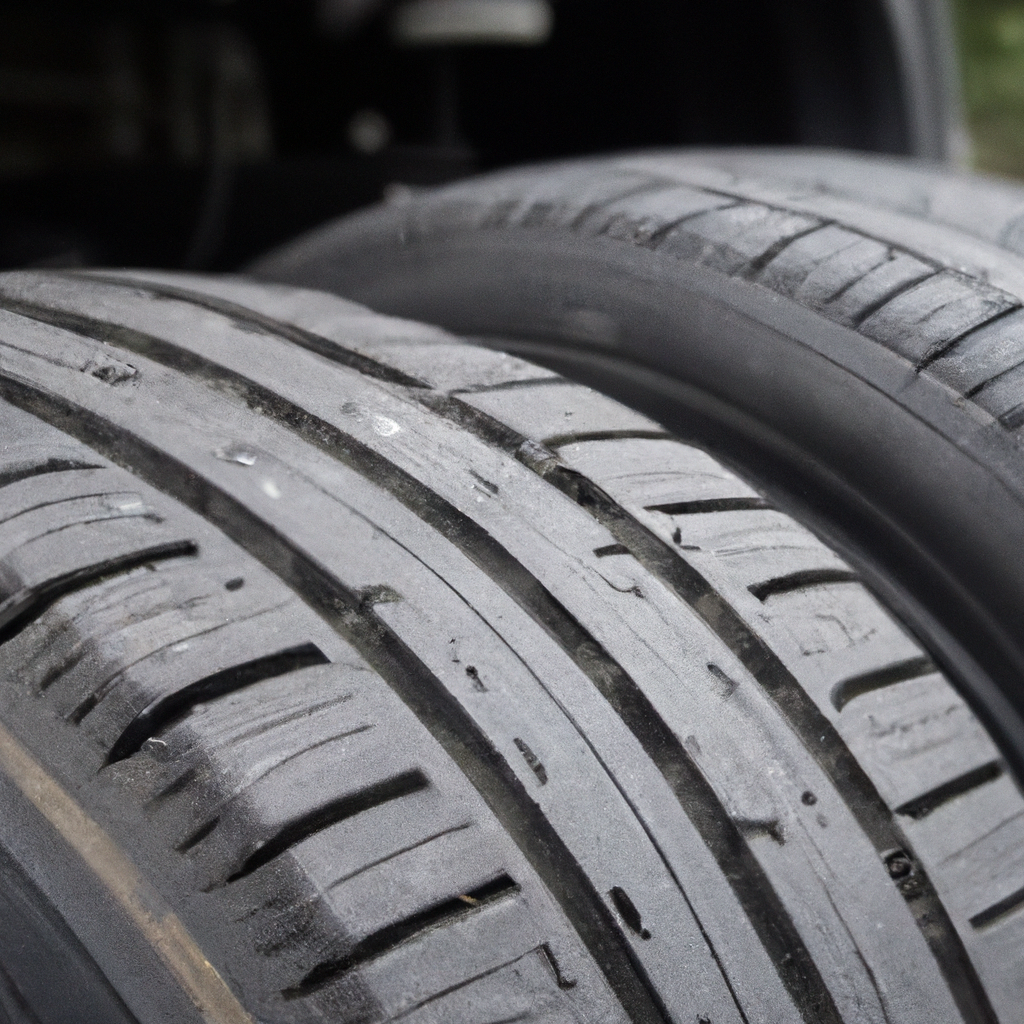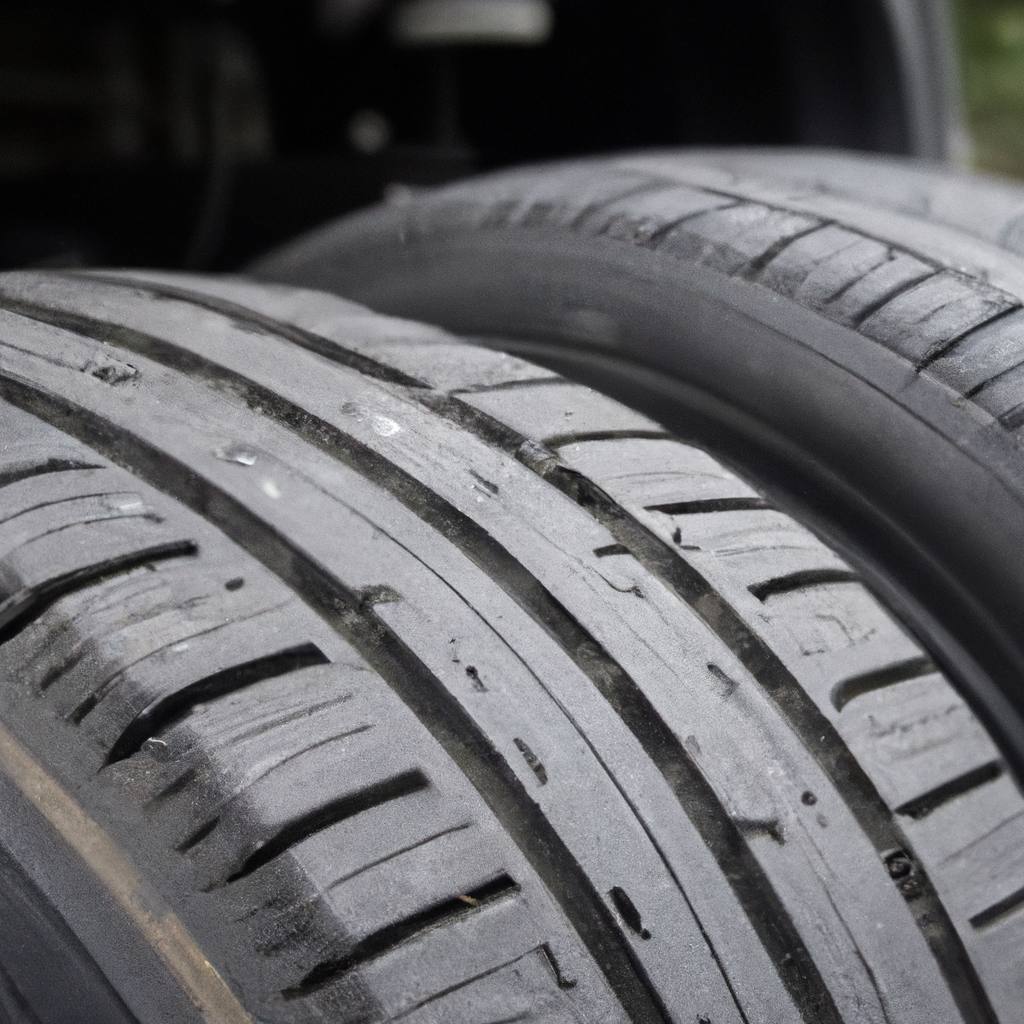Have you ever wondered how run-flat tires affect the noise and vibrations of your car? In this article, we will explore the impact of run-flat tires on tire noise and vibrations, providing you with valuable insights into their effects on your driving experience. Whether you are considering switching to run-flat tires or simply curious about how they differ from conventional tires, read on to learn more about this fascinating topic.

Understanding Run-Flat Tires
Definition of run-flat tires
Run-flat tires are a special type of tire that are designed to enable you to continue driving safely for a limited distance even after a puncture or loss of tire pressure. These tires are equipped with reinforced sidewalls that can support the weight of the vehicle, even without any air pressure. This innovative feature provides drivers with added safety and convenience by eliminating the need to immediately stop and change a flat tire in hazardous situations.
Advantages of run-flat tires
The primary advantage of run-flat tires is the enhanced safety they offer. Unlike traditional tires, run-flat tires allow you to continue driving in the event of a flat tire without having to change it immediately. This means you can reach a safe location or repair shop without compromising your safety or that of your passengers. Additionally, run-flat tires can help prevent accidents caused by sudden blowouts or loss of control when a tire fails completely.
Another advantage of run-flat tires is the convenience they provide. With these tires, there’s no need to carry a spare tire or worry about finding a place to change your tire on the roadside. This can be particularly beneficial in urban areas or when traveling long distances, where the availability of tire repair shops or safe places to change a tire may be limited. Run-flat tires also save you the hassle of having to stop and change your tire in inclement weather conditions or in dangerous locations.
Types of run-flat tire systems
There are several types of run-flat tire systems available on the market today. The most common type is the self-supporting system, where the tire’s reinforced sidewalls are able to support the weight of the vehicle even with no air pressure. Another type is the self-sealing system, which incorporates an additional layer within the tire that can seal small punctures and prevent air from escaping. Some run-flat tire systems also utilize an auxiliary support ring that provides additional structural integrity to the tire during a loss of pressure. Each system has its own unique features and advantages, catering to different driving needs and preferences.
Tire Noise: Causes and Effects
Introduction to tire noise
Tire noise refers to the sounds produced by a tire’s interaction with the road surface while the vehicle is in motion. It is a common issue that affects the driving experience and comfort levels of both drivers and passengers. Tire noise can manifest in various forms, including tread pattern noise, cavity noise, and impact noise, which can range from a low-frequency hum to a high-pitched squeal.
Contributing factors to tire noise
Several factors contribute to the generation of tire noise. One key factor is the tread pattern and design of the tire. The tread pattern determines how the tire contacts the road surface, and certain patterns can create more noise than others. Additionally, the construction and materials used in manufacturing the tire can affect its noise levels. Different tire designs and compositions can result in varying levels of noise when in use.
Effects of tire noise on driving experience
Tire noise can have a significant impact on the overall driving experience. Excessive tire noise can be distracting and can reduce the comfort of the vehicle’s occupants. It can also make communication difficult, especially when driving with windows down or when using hands-free devices. Furthermore, prolonged exposure to high levels of tire noise can contribute to driver fatigue, increasing the risk of accidents on long journeys. Therefore, minimizing tire noise is an important consideration for tire manufacturers and drivers alike.
Factors Influencing Tire Noise and Vibrations
Tread pattern and design
The tread pattern and design of a tire play a significant role in determining its noise levels. Different tread patterns produce varying levels of noise due to the way they interact with the road surface. Tread patterns with wide, open grooves may generate more noise as air gets trapped and released from within the grooves as the tire rolls. On the other hand, tread patterns with smaller, more closely spaced tread blocks may create less noise due to their smoother contact with the road.
Tire construction and materials
The construction and materials used in the manufacturing of a tire can greatly influence its noise and vibration characteristics. The type of rubber compounds, reinforcement materials, and the number of layers within the tire can all impact its noise levels. Softer rubber compounds, for example, tend to generate more noise but provide better traction, while harder compounds may produce less noise but sacrifice some grip.
Driving speed and road conditions
Both driving speed and road conditions can impact tire noise and vibrations. Higher speeds can lead to increased noise levels as the tire’s interaction with the road surface becomes more forceful. Rough or uneven road surfaces can also contribute to increased tire noise and vibrations as the tire struggles to maintain consistent contact and grip. Therefore, speed limits and road conditions should be taken into consideration when evaluating tire noise.
Impact of Run-Flat Tires on Noise and Vibrations
Reduction of noise and vibrations
Run-flat tires can help reduce the impact of tire noise and vibrations during a puncture or loss of pressure. The reinforced sidewalls of run-flat tires provide added stability and prevent the tire from collapsing entirely, which can result in excessive noise and vibrations. By allowing the tire to maintain its structural integrity, run-flat tires minimize the disruption to the driving experience and reduce the amplification of noise and vibrations.
Technology and features reducing noise and vibrations
Manufacturers of run-flat tires have developed various technologies and features to further minimize noise and vibrations. Some run-flat tire systems incorporate noise-dampening materials within the tire construction, such as foam or polyurethane inserts, which absorb and reduce noise. Additionally, advancements in tire design and manufacturing processes have enabled the creation of tread patterns specifically engineered to minimize noise, resulting in a quieter and more comfortable driving experience.
Comparison to conventional tires
In comparison to conventional tires, run-flat tires generally produce similar levels of noise and vibrations during normal driving conditions. However, in the event of a puncture or loss of pressure, run-flat tires maintain their performance and continue to provide a comfortable driving experience, whereas conventional tires can experience significant noise and vibrations due to their compromised structure. Therefore, while run-flat tires may have comparable noise levels to conventional tires, their ability to minimize disruptions caused by tire failure sets them apart.
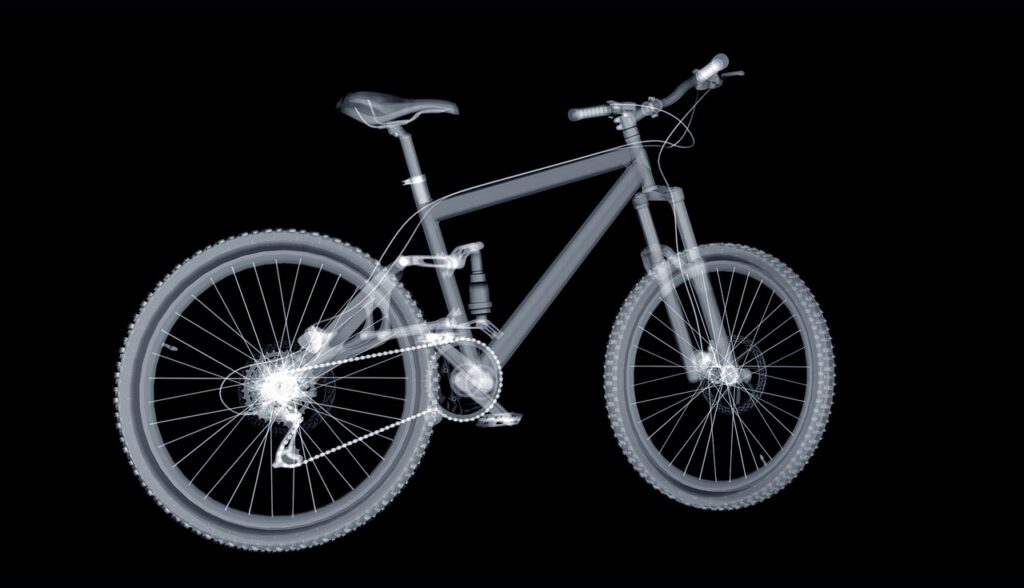
Effect of Run-Flat Tire Systems on Noise
Noise characteristics of run-flat tires
Run-flat tires generally produce similar levels of noise to conventional tires under normal driving conditions. The noise characteristics of run-flat tires are primarily influenced by factors such as tread pattern, tire construction, and driving speed. However, when a run-flat tire experiences a puncture or loss of pressure, the noise levels remain relatively consistent or may slightly increase compared to normal driving due to the reinforced sidewalls supporting the vehicle’s weight. This additional noise is a small tradeoff for the enhanced safety and convenience provided by run-flat tires.
Influence of reinforced sidewalls
The reinforced sidewalls of run-flat tires have a significant impact on noise levels. These sidewalls are designed to provide support to the tire when it loses pressure, ensuring that the tire’s structure remains intact. However, this reinforcement can slightly increase noise levels as the tire interacts with the road surface. While the noise increase is minimal, it is important to note that the benefits of continued driving safety outweigh this slight tradeoff in noise levels.
Noise dampening technologies
To address any potential increase in noise levels caused by reinforced sidewalls, many run-flat tire manufacturers have incorporated noise dampening technologies into their tire designs. These technologies may include the use of sound-absorbing materials within the tire’s construction or specialized tread patterns that reduce noise generation. By employing these noise dampening technologies, run-flat tires are able to maintain comparable noise levels to conventional tires while providing the additional safety and convenience benefits.
Vibration Control in Run-Flat Tires
Understanding tire vibrations
Tire vibrations can occur due to various factors, such as the tire’s construction, imbalance, or road conditions. These vibrations can be felt through the steering wheel or the vehicle’s cabin, leading to discomfort for the driver and passengers. Excessive vibrations can also affect the handling and control of the vehicle, potentially compromising safety. Therefore, it is crucial to minimize tire vibrations and ensure a smooth and comfortable ride.
Methods to minimize tire vibrations
Manufacturers of run-flat tires employ multiple methods to minimize tire vibrations and provide a comfortable driving experience. These methods include optimizing tire construction and materials to reduce irregularities that can cause vibrations, incorporating advanced manufacturing techniques to create more balanced tires, and utilizing innovative tread designs that promote even wear and minimize road-induced vibrations. By implementing these measures, run-flat tires are able to maintain similar vibration levels to conventional tires while offering the added safety and convenience benefits.
Evaluation of run-flat tire systems
Run-flat tire systems undergo rigorous evaluation to ensure their performance and safety. Manufacturers conduct extensive testing to assess their ability to minimize vibrations and provide a comfortable driving experience. These evaluations involve analyzing tire construction, tread patterns, and materials to identify areas for improvement. Furthermore, real-world testing is conducted to gather feedback from drivers and experts, allowing manufacturers to fine-tune their run-flat tire systems to meet the demands and expectations of consumers.
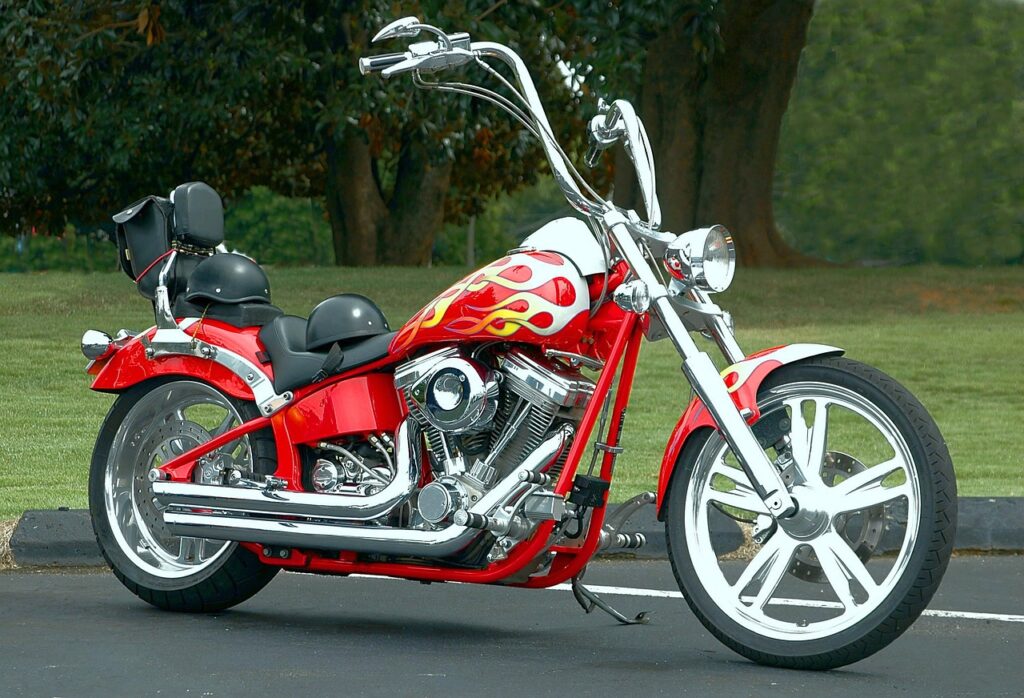
Real-world Testing and Experiences
Conducting tire noise tests
To evaluate the noise levels of run-flat tires, manufacturers conduct extensive testing in various conditions. These tests involve measuring the noise generated by the tires on different road surfaces at different speeds. Evaluators analyze the results to assess the noise characteristics of the tires and make any necessary adjustments to noise dampening technologies or tread patterns. Additionally, real-world driving tests are conducted to gather feedback from drivers and determine the overall noise levels and driving experiences of run-flat tires in practical situations.
Feedback from drivers and experts
The feedback from drivers and experts who have experienced run-flat tires is an essential component in understanding their impact on noise and vibrations. Many drivers appreciate the added safety and convenience provided by run-flat tires and find that any slight increase in noise or vibrations is outweighed by these advantages. Experts also often highlight the benefits of run-flat tires, recognizing that the minor tradeoffs in noise levels are acceptable considering the enhanced safety and peace of mind they offer to drivers.
Comparisons with traditional tires
Comparisons between run-flat tires and traditional tires in terms of noise and vibrations often highlight similar noise levels under normal driving conditions. However, when a puncture or loss of pressure occurs, run-flat tires maintain their noise levels, providing a more consistent and comfortable driving experience compared to the compromised structure of traditional tires. While noise levels can slightly increase due to the reinforced sidewalls, the added safety and convenience of run-flat tires make them a favorable choice for many drivers.
Safety Considerations and Trade-Offs
Safety advantages of run-flat tires
Run-flat tires offer several safety advantages over traditional tires. The ability to continue driving for a limited distance after a puncture or loss of pressure ensures that you can reach a safe location without jeopardizing your safety or that of your passengers. Run-flat tires also minimize the risk of accidents caused by sudden tire failures, such as blowouts, as they provide enhanced stability and control even in compromised conditions. These safety advantages make run-flat tires a valuable option for drivers looking for added reassurance on the road.
Potential drawbacks and limitations
While run-flat tires offer numerous benefits, they also have some potential drawbacks and limitations to consider. One limitation is the limited distance and speed at which you can safely drive on a run-flat tire after a puncture or loss of pressure. This distance and speed depend on the specific tire manufacturer’s recommendations, and exceeding these limitations can compromise safety. Additionally, run-flat tires can be more expensive to purchase and replace than traditional tires, which may be a consideration for some drivers. It is essential to weigh these factors against the safety benefits when deciding whether run-flat tires are the right choice for you.
Balancing safety and comfort
Choosing the right tires involves finding the right balance between safety and comfort. Run-flat tires provide an enhanced level of safety by allowing you to continue driving safely after a flat tire occurrence. While there may be a slight tradeoff in terms of noise levels and vibrations compared to traditional tires, the added safety and convenience outweigh these minor inconveniences for many drivers. However, it is a personal decision that depends on your driving preferences, priorities, and individual circumstances.
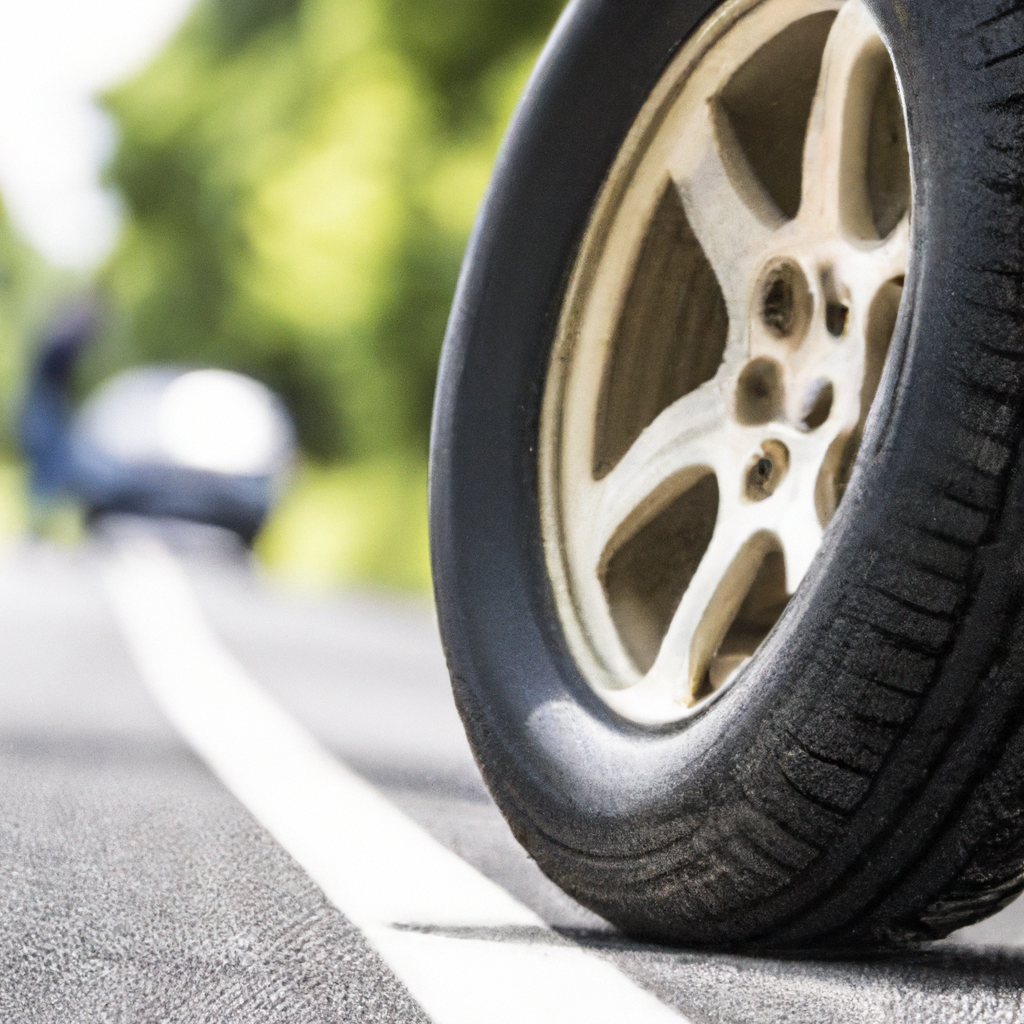
Consumer Perspective and Preferences
Consumer opinions on run-flat tires
Consumer opinions on run-flat tires vary depending on their individual experiences and preferences. Many drivers appreciate the safety and convenience offered by run-flat tires, particularly for long journeys or when driving in areas with limited access to tire repair facilities. They find the added peace of mind and the ability to continue driving to be valuable features. However, some drivers prefer the comfort of traditional tires and prioritize a quieter driving experience. Consumer opinions on run-flat tires are influenced by factors such as personal driving preferences, budget considerations, and individual tolerance for noise and vibrations.
Factors influencing tire choice
When choosing tires, drivers consider various factors that influence their decision-making process. These factors include safety considerations, tire performance in different weather conditions, durability and tread life, cost, and the reputation of the tire manufacturer. Personal preferences, such as noise levels and comfort, also play a role in the tire selection process. While run-flat tires offer unique benefits in terms of safety and convenience, drivers may prioritize different factors based on their driving needs and preferences.
Preferences for noise and comfort
Noise and comfort preferences vary among drivers, with some prioritizing a quieter and more comfortable driving experience, while others may value safety and the ability to continue driving despite a flat tire over minor increases in noise levels. Preferences for noise and comfort depend on individual tolerance levels and the specific driving conditions in which the vehicle is most frequently used. By considering personal preferences for noise and comfort, drivers can make informed decisions when choosing between run-flat tires and traditional tires.
Future Developments and Innovations
Ongoing research in tire technology
Ongoing research in tire technology continues to drive advancements and innovations in the industry. Tire manufacturers are continuously exploring new materials, tread designs, and manufacturing processes to improve tire performance, safety, and comfort. Through collaborations with research institutions and ongoing investment in R&D, tire manufacturers strive to develop tires with reduced noise and vibrations while maintaining optimal levels of safety and reliability. Ongoing research ensures that tire technology continues to evolve and meet the changing needs of drivers.
Emerging solutions for noise reduction
As tire manufacturers aim to reduce noise levels, various emerging solutions are being explored. These solutions include the development of new noise-absorbing materials and technologies that can be integrated into tire construction. Additionally, advancements in tread pattern design and optimization techniques are being investigated to minimize noise generation while maintaining excellent traction and handling characteristics. These emerging solutions hold the potential to further enhance the driving experience by reducing tire noise and vibrations.
Advancements in run-flat tire systems
Advancements in run-flat tire systems are also being made to address any limitations and improve overall performance. Manufacturers are focused on refining noise dampening technologies and developing tire constructions that provide enhanced comfort and reduced vibrations. The aim is to offer run-flat tires that not only offer the benefits of safety and convenience but also provide a smooth and comfortable ride comparable to traditional tires. These advancements ensure that run-flat tire systems remain at the forefront of tire technology, offering drivers the best of both worlds in terms of safety and comfort.
In conclusion, understanding the impact of run-flat tires on tire noise and vibrations is essential for drivers looking to make an informed decision. While run-flat tires may produce similar noise levels to conventional tires under normal driving conditions, they excel in providing continued safety and convenience in the event of a flat tire. The reinforced sidewalls and innovative technologies integrated into run-flat tires help to minimize disruptions caused by tire failures, while ongoing advancements in tire technology aim to reduce noise levels and vibrations even further. By considering your personal preferences for noise and comfort, as well as weighing the safety advantages against potential drawbacks, you can determine whether run-flat tires are the right choice for you and your driving needs.
